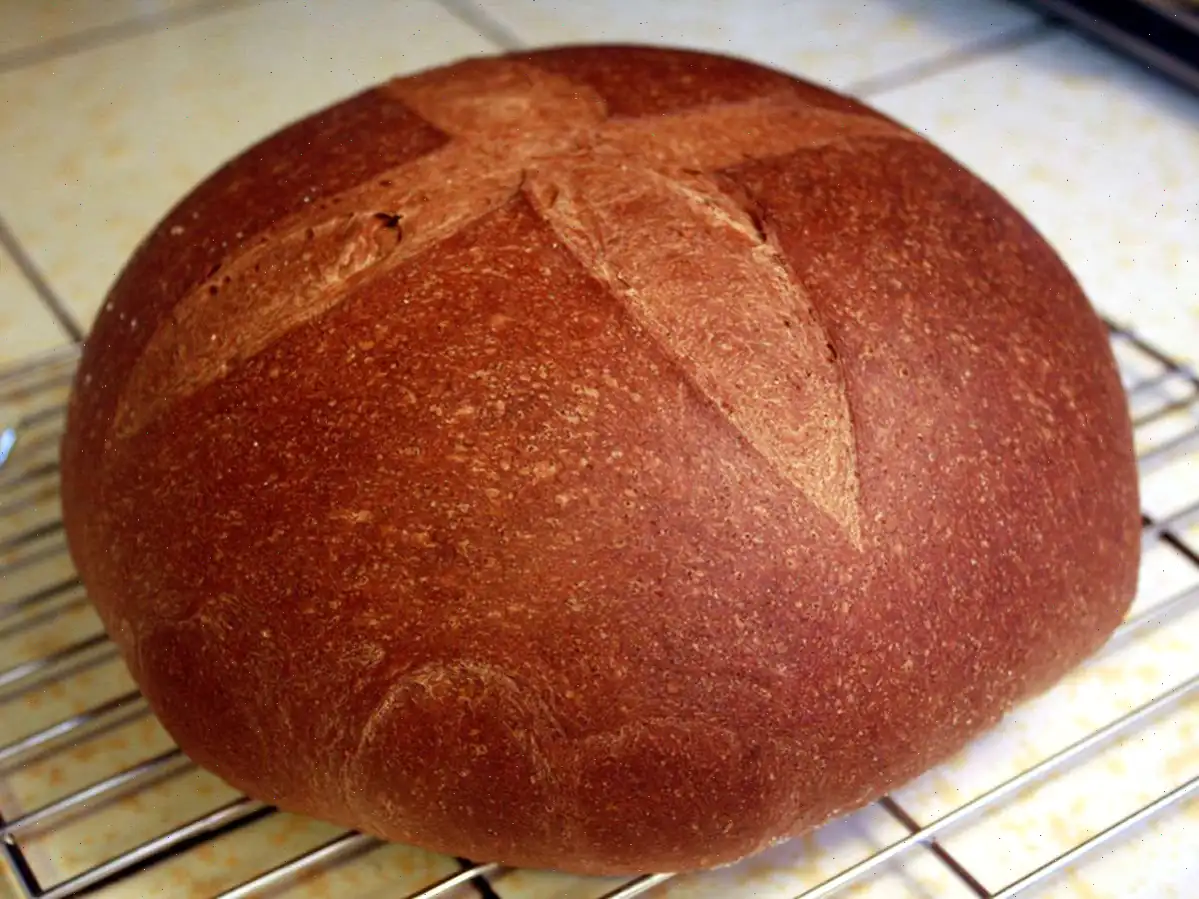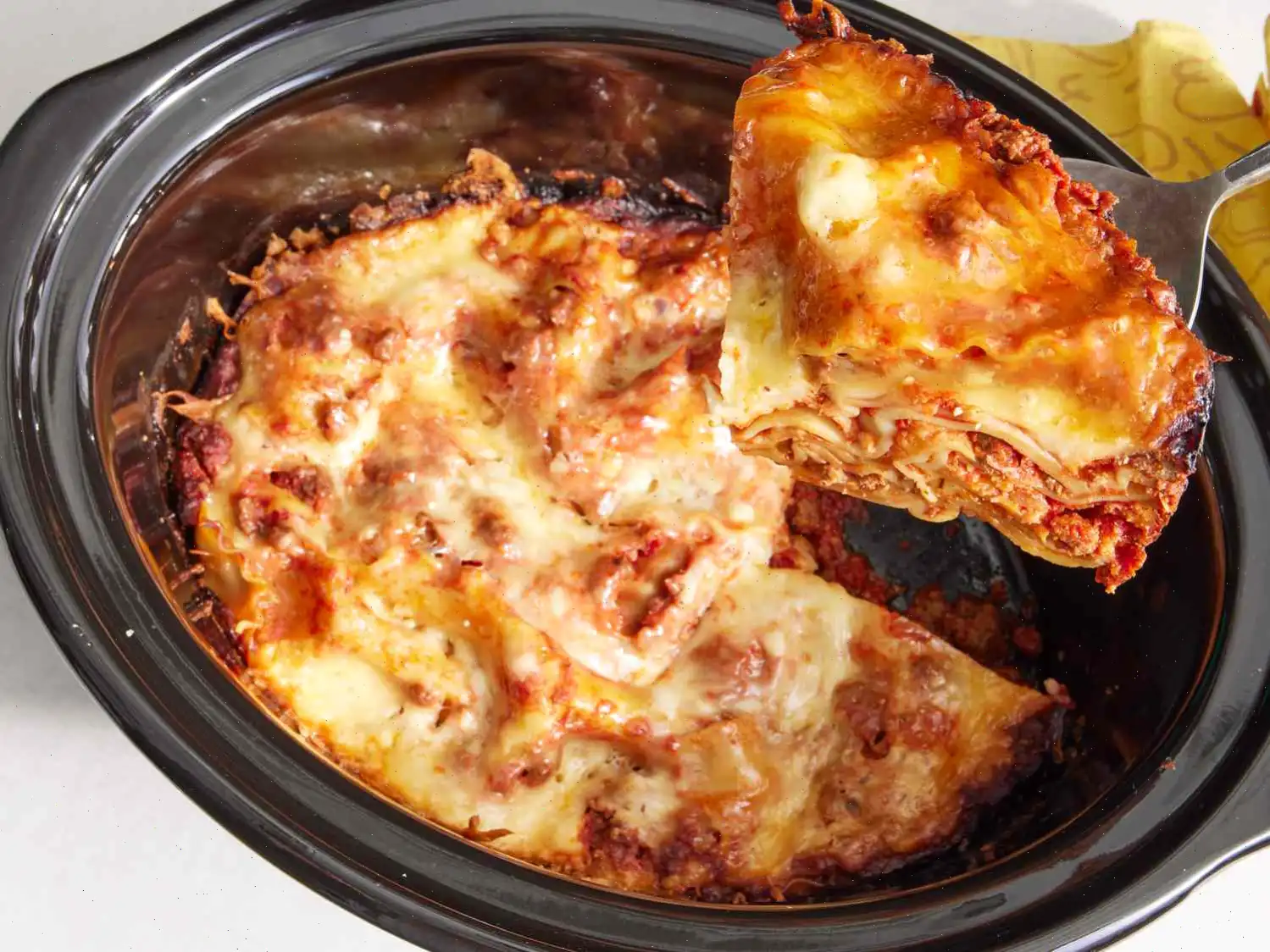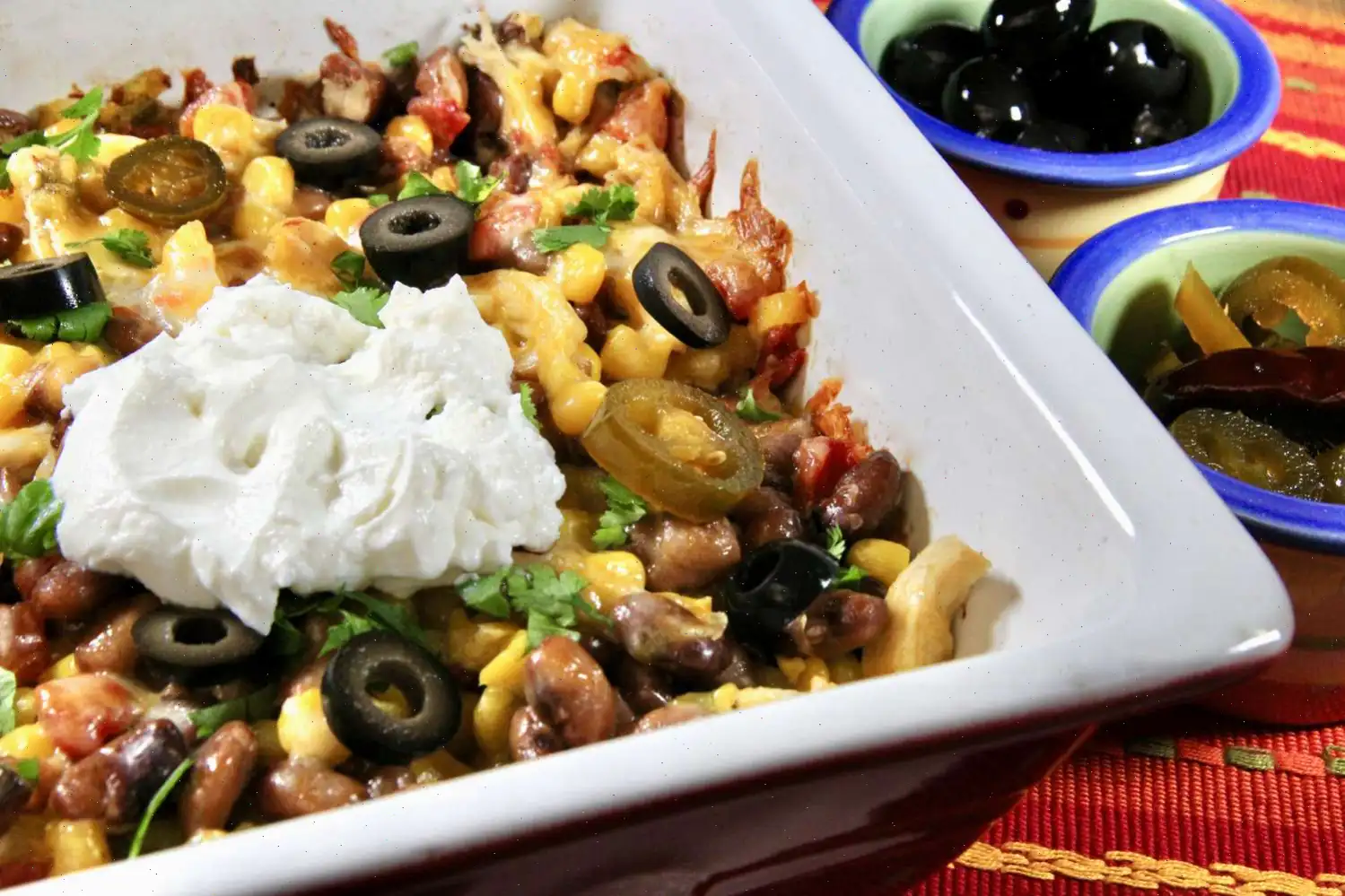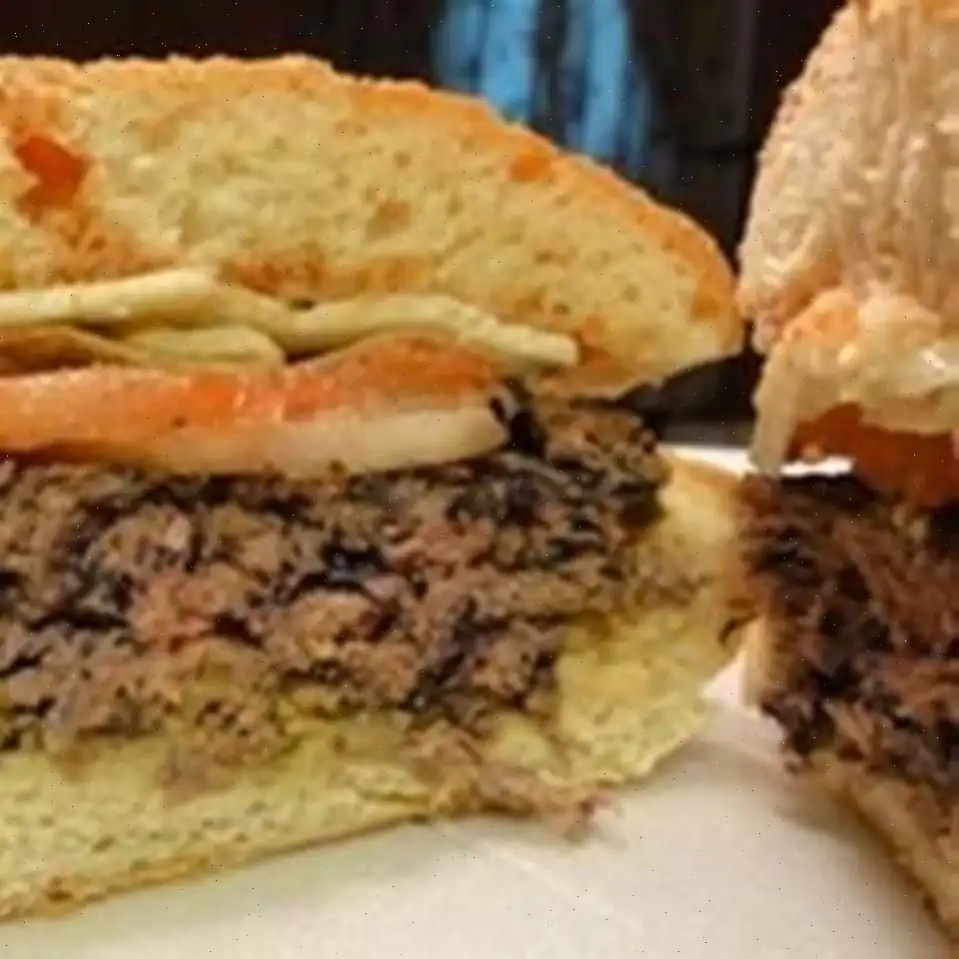
Anadama Bread Recipe
Ingredients
- cup water
- cup cornmeal
- 2 tablespoons butter
- cup molasses
- 1 (.25 ounce) package active dry yeast
- cup warm water (110F)
- 3 cups all-purpose flour, divided
- 1 teaspoon salt
Directions
- In a small saucepan, combine cup water and cornmeal. Bring the mixture to a boil over medium heat, stirring occasionally. Cook until the mixture thickens, about 5 minutes. Remove from heat, then stir in the butter and molasses. Let the mixture cool to lukewarm.
- In a small mixing bowl, dissolve the yeast in cup warm water. Let sit for about 10 minutes, until it becomes creamy.
- In a large mixing bowl, combine the cooled cornmeal mixture with the yeast mixture. Stir until well blended.
- Add 2 cups of the flour and salt to the mixture, mixing well. Gradually add the remaining flour, cup at a time, stirring after each addition until the dough starts to come together.
- Turn the dough out onto a lightly floured surface and knead until smooth and elastic, about 8 minutes.
- Lightly oil a large mixing bowl, place the dough inside, and turn to coat it with oil. Cover the bowl with a damp cloth and place it in a warm area to rise until doubled in volume, about 1 hour.
- Preheat the oven to 375F (190C).
- Deflate the dough and turn it out onto a lightly floured surface. Shape the dough into a loaf and place it in a lightly greased 9x5-inch loaf pan. Cover the pan with a damp cloth and let it rise until doubled in volume, about 40 minutes.
- Bake in the preheated oven for about 30 minutes, or until the top is golden brown and the bottom of the loaf sounds hollow when tapped.
Nutrition Facts (per serving)
| Calories | 272 |
|---|---|
| Total Fat | 4g |
| Saturated Fat | 2g |
| Cholesterol | 8mg |
| Sodium | 322mg |
| Total Carbohydrate | 54g |
| Dietary Fiber | 2g |
| Total Sugars | 12g |
| Protein | 6g |
| Calcium | 52mg |
| Iron | 3mg |
| Potassium | 380mg |
* Percent Daily Values are based on a 2,000 calorie diet. Your daily values may be higher or lower depending on your calorie needs.
** Nutrient information is not available for all ingredients. Amount is based on available nutrient data.
FAQ about Anadama Bread Recipe
Comments
Jerry Wilson
06/16/2023 07:26:56 AM
Review update: The original recipe proportions seemed off to me. I adjusted the ingredients to use 3 cups of flour (1 cup whole wheat flour, 2 cups bread flour), 1/3 cup fine ground cornmeal, 1 package of quick rise yeast, 1 cup of hot water, 1/4 cup of blackstrap molasses (we really enjoy the rich flavor), 3 tablespoons of butter, 1 teaspoon of salt, and 1 egg. I recommend using warm water (120-130 degrees F) with quick rise yeast. I baked the bread at 350 degrees for 30 minutes and it turned out wonderfully. The Anadama bread was heavenly! I skipped soaking the cornmeal since I used a finely ground version, but the texture was still delightful. I also skipped the kneading step and simply placed the sticky dough in a well-greased 2-quart round casserole dish, covered it with plastic wrap sprayed with cooking spray, and let it rise for about an hour. With these adjustments, I rate this Anadama Bread recipe a 5-star winner!
Donna Allen
09/09/2024 08:25:10 PM
I baked two loaves of this bread with modifications recommended by another reviewer, and it turned out fantastic. I substituted butter with flaxseed (3 tablespoons for every 1 tablespoon of butter, so 9 for this recipe) and the result was great. With these adjustments, I would rate it 5 stars.
Catherine Allen
01/19/2023 07:13:40 PM
This bread was amazing! The dough was really sticky, so I had to incorporate an extra 1/4 cup of bread flour, likely due to the high humidity. The end result had a beautiful dark color and even family members who typically avoid molasses and gingerbread couldn't resist it!
Benjamin Lee
03/01/2023 01:35:43 PM
This bread recipe is truly delightful and satisfying. The texture is wonderfully moist and chewy with a fine crumb, and it strikes the perfect balance of sweetness. The loaf bakes to a lovely dark top without the crust being overly hard. While some reviewers have mentioned issues with the proportions, I personally did not encounter any problems. Different flours can affect absorbency, and environmental factors like humidity can also play a role. Trusting your instincts and making adjustments as needed can lead to excellent results. I added a bit of extra flour during kneading to adjust for stickiness, and found that less kneading time than recommended still produced a great outcome. My oven needed a slightly shorter cooking time than stated, so I recommend checking the loaf at 25 minutes and adding time if needed. This recipe has earned a spot in my regular bread rotation and will be a go-to for gifting as well.
Donna Gonzalez
11/03/2023 01:12:07 PM
This was enjoyable! I struggled a bit with shaping it nicely, but the flavor was delicious!
Betty Edwards
10/29/2024 12:48:04 AM
Decent, but not outstanding. The texture is pleasant. The original recipe has a strong molasses flavor. I preferred it when I substituted honey for some of the molasses and added a bit more cornmeal. It stores well and freezes well.
Andrew Phillips
06/29/2024 11:27:16 AM
This was my second attempt at baking bread and my first time using yeast. I consider myself a beginner in the kitchen. The outcome last night was fantastic! I was thrilled with how it turned out. It was simple to prepare, had a great flavor, and the texture was just perfect. I definitely plan on making this recipe again.
Jennifer Cruz
05/10/2023 11:39:07 PM
This recipe reminds me of my childhood in New England. It's perfect just the way it is, no changes needed.
Jacob Rodriguez
04/05/2024 12:09:42 PM
The taste is amazing, but it could benefit from a longer baking time.








